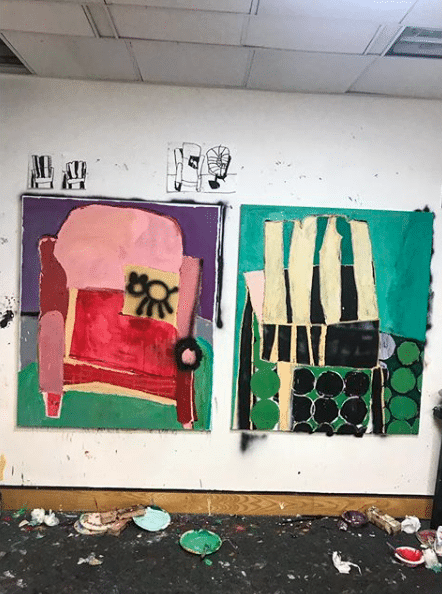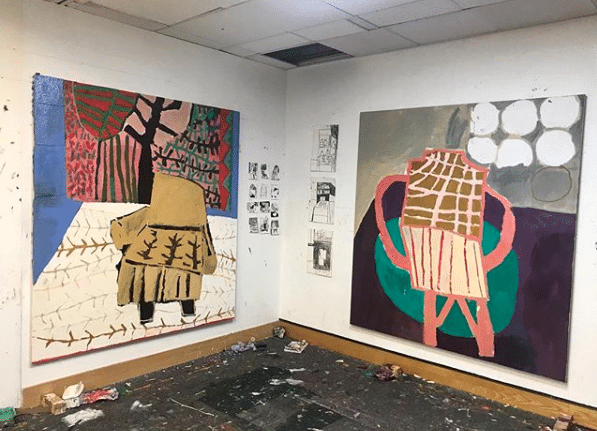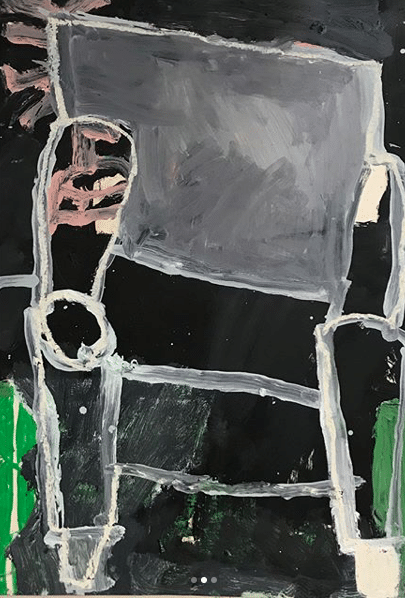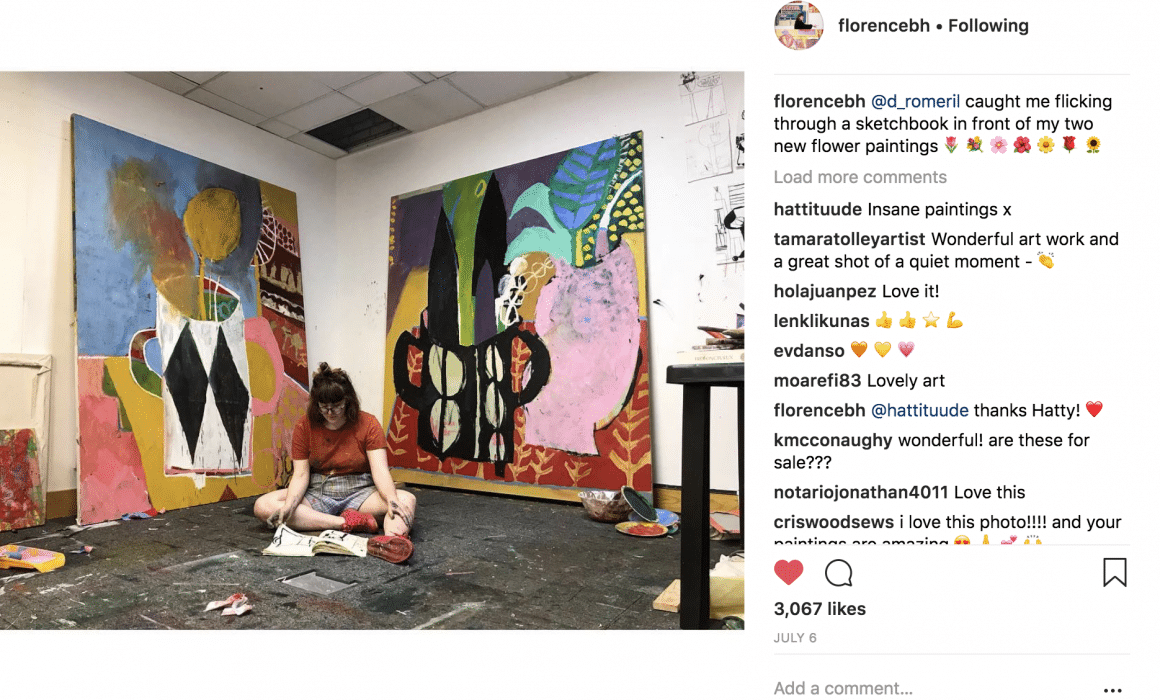Florence Hutchings Interview
Florence Hutchings is one of our favourite artists here at Delphian Gallery, and we were thrilled when she entered our Open Call exhibition in the spring. She then went on to win the competition, and as a result has her first ever solo show ‘Seating Arrangement’ opening with us on September 6th.
Benjamin Murphy sat down with her recently to ask her a little about her work, and what she has in store for us.
Further details about the show and private view can be found at the bottom.

How do you deal with success at such an early stage in your career?
I would say that the idea of success for me right now is a weird thing, for me success isnt selling a painting (or not), or getting it into the show, it’s the way you feel when you leave the studio at the end of the day. For me 8/10 times I probably leave the studio feeling frustrated at not making what I envisaged. The success for me comes on those 2/10 days when I feel like I’ve resolved something, it’s almost like an ecstatic buzz feeling which was so worth all the frustration.
Yeah my studio time is often as frustrating. I suppose what I mean is, I know that if I’d have been as successful as you (both in terms of sales and shows) when I was still studying, I would not have dealt with it well. How do you stay grounded and not the egomaniac I know I would have become?






